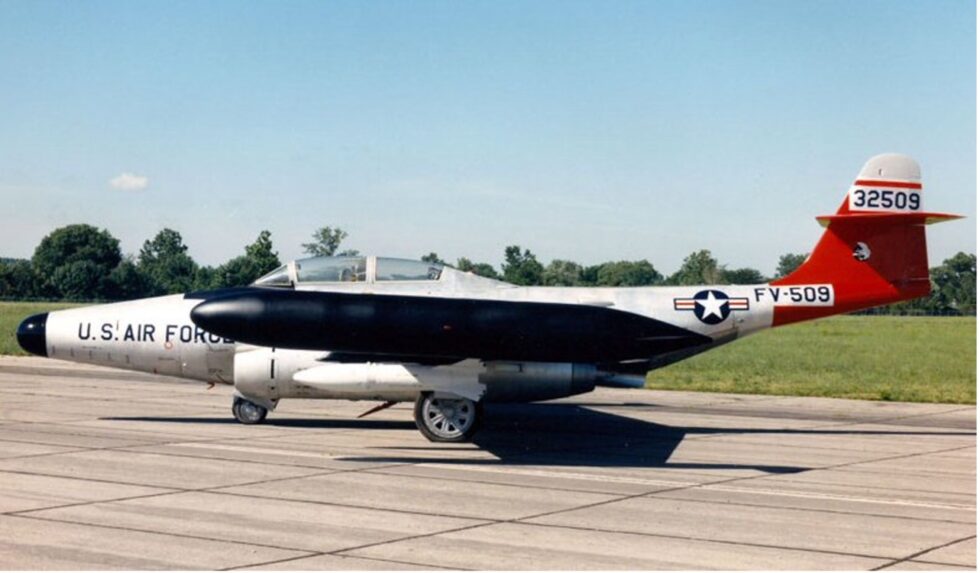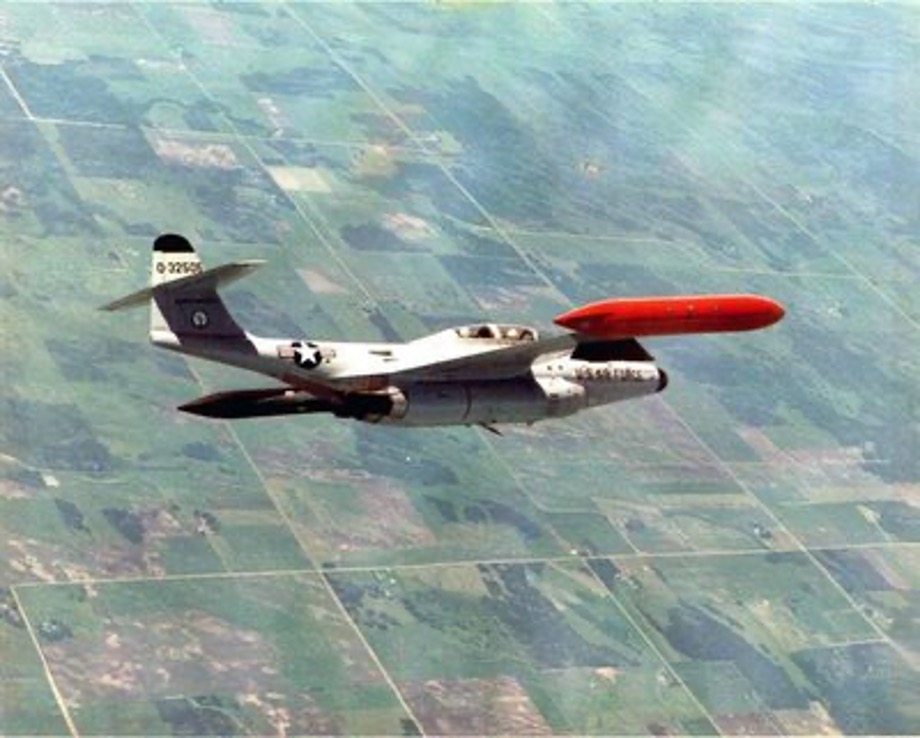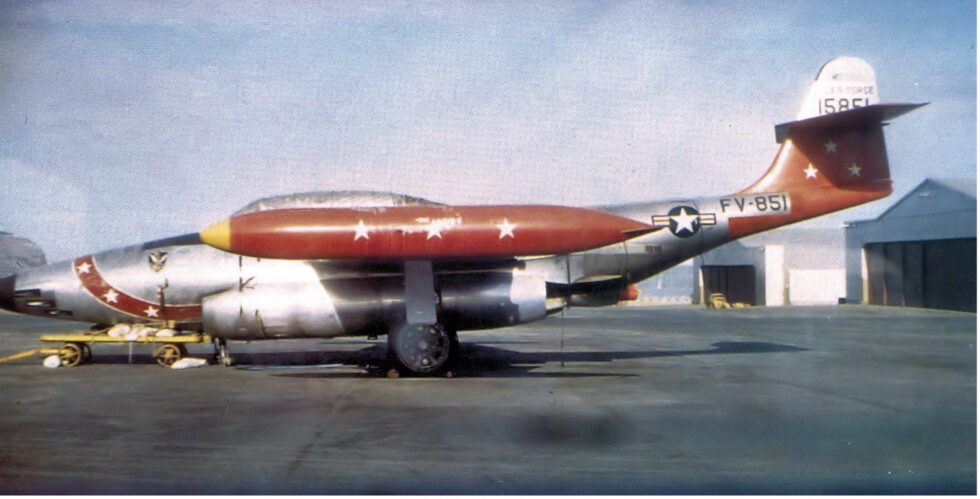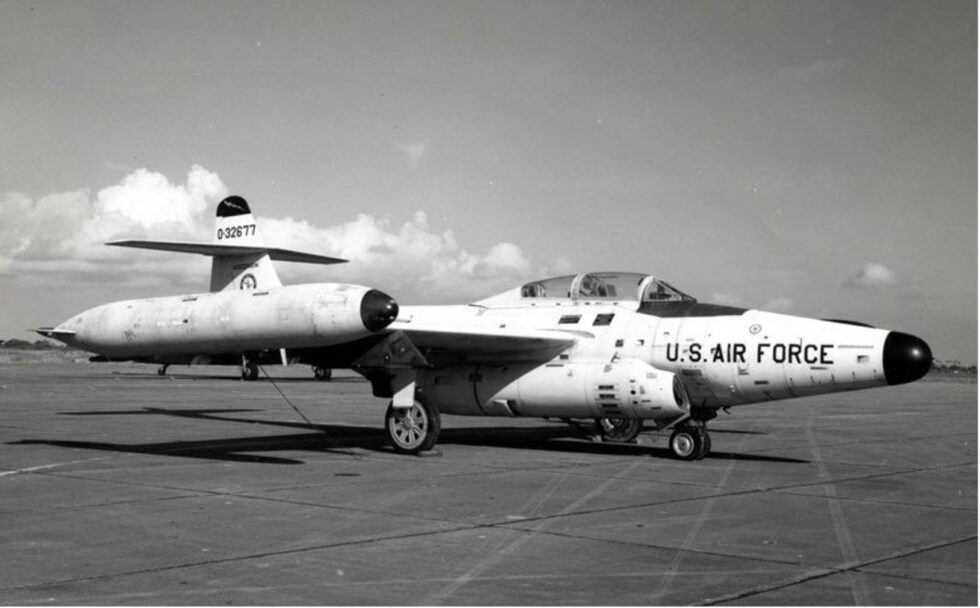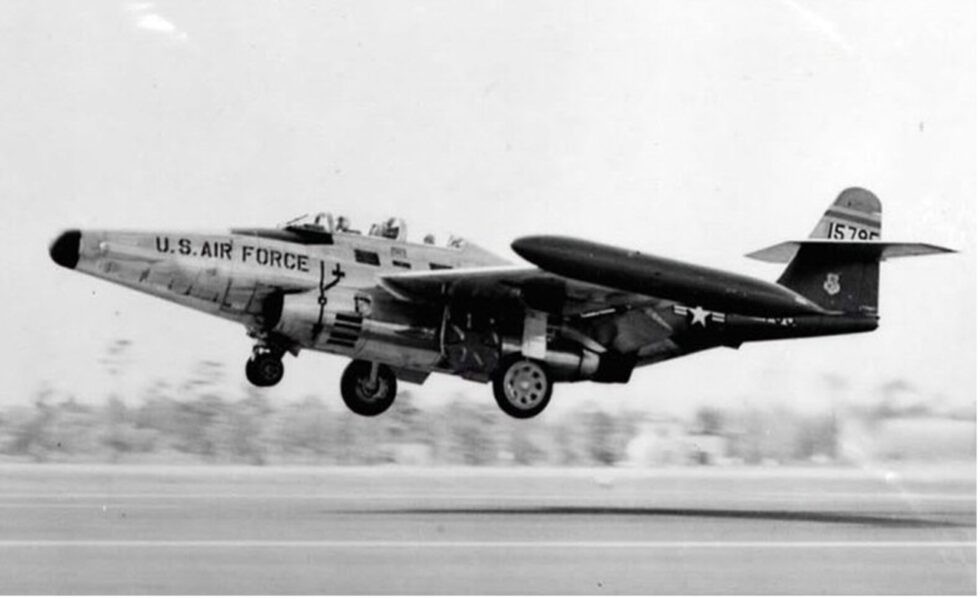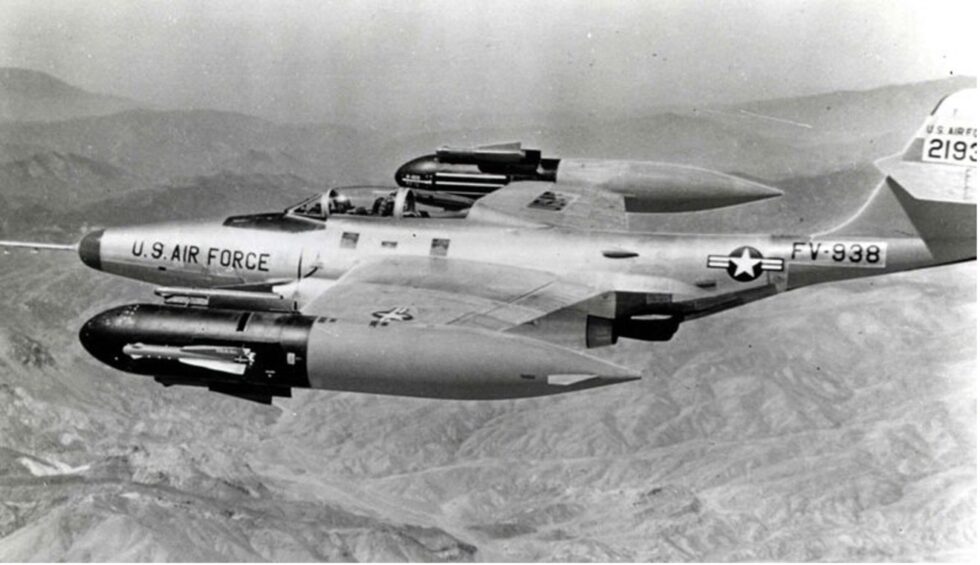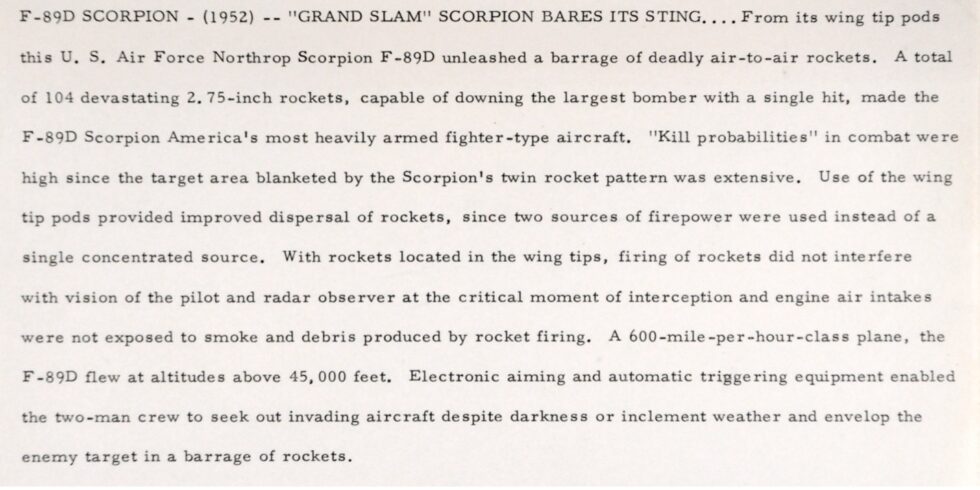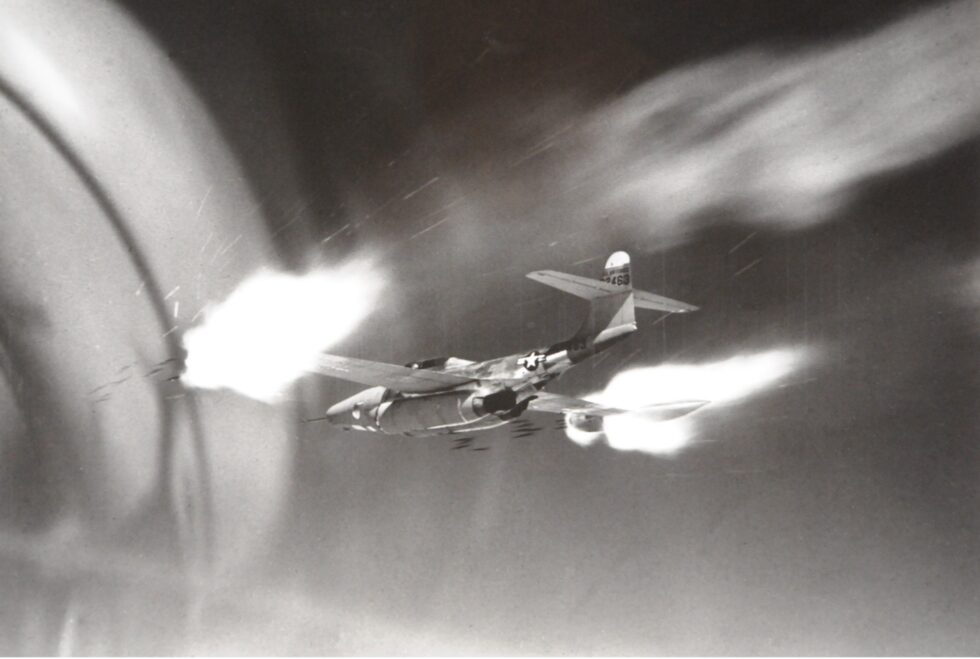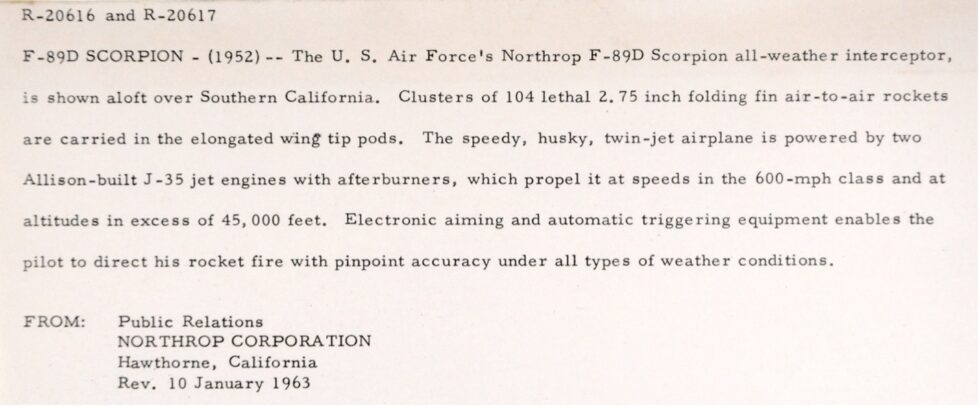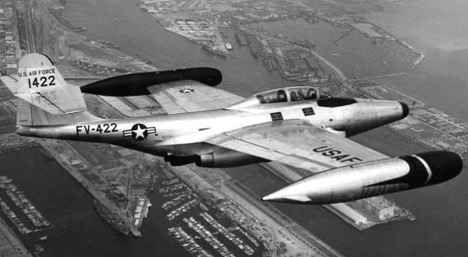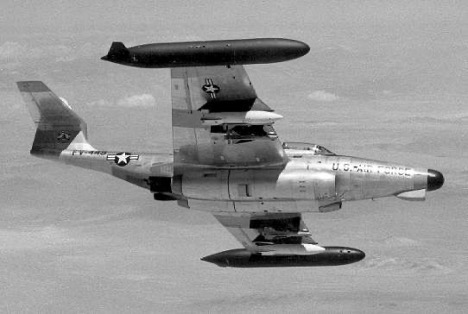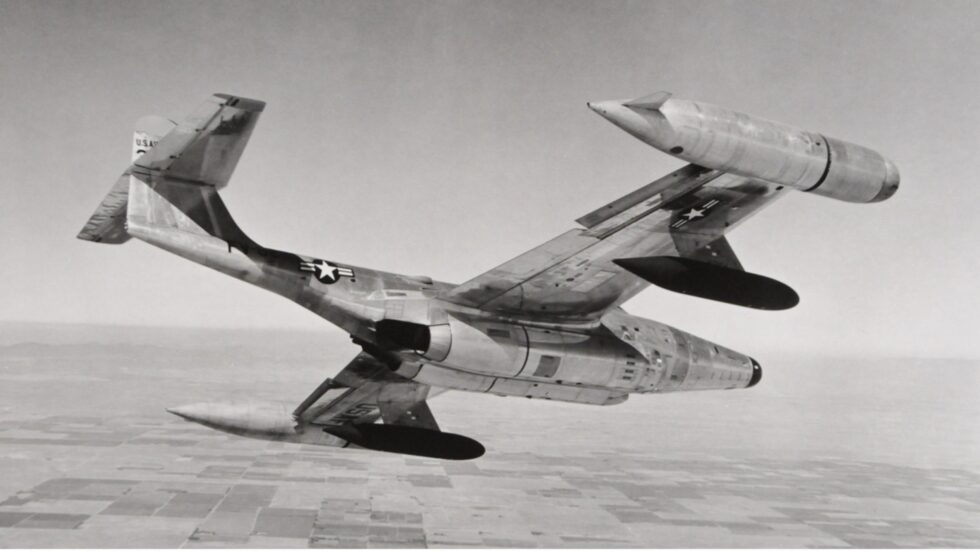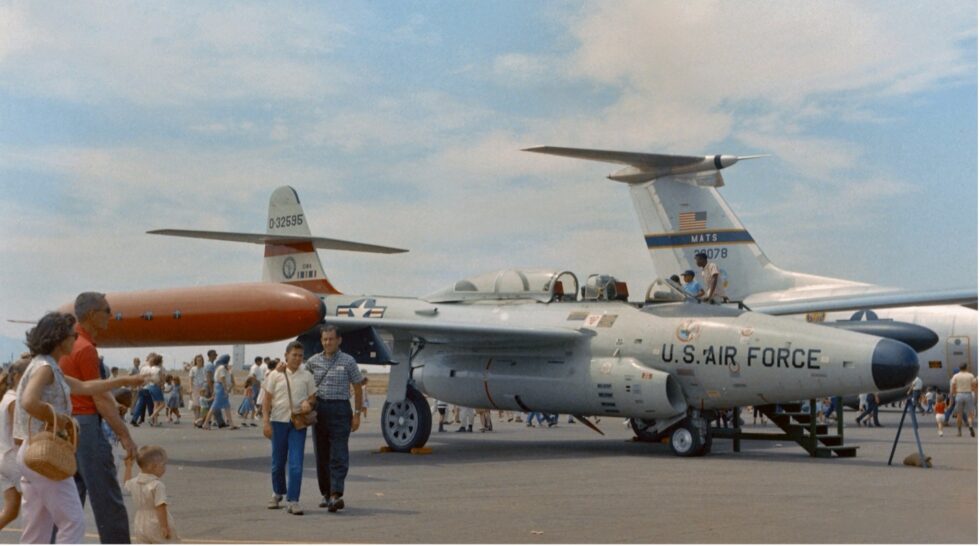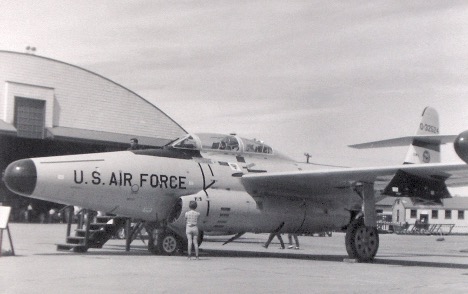USAF 4925 TG (A) Northrop F-89D Scorpion
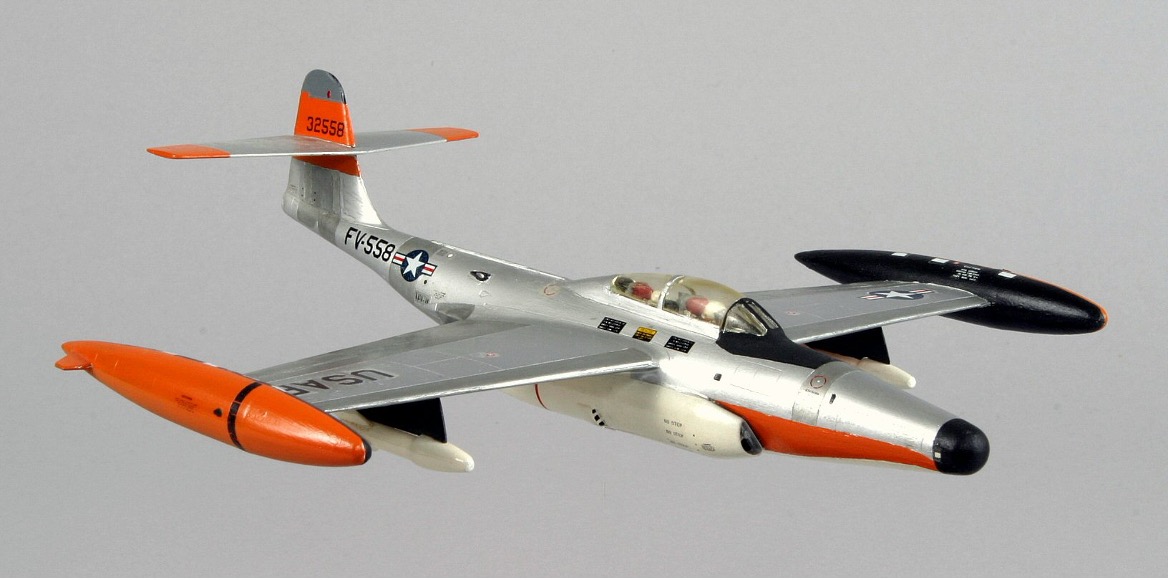
MODEL BY:
M. Monaghan
Model Scale:
1/48
MODEL ADDED:
N/A
historical significance
First Albuquerque Visit: 1957
Additional Information:
The Northrop F-89 Scorpion is a twin-engine interceptor aircraft designed and produced by the Northrop Corporation. The Scorpion was the first jet-powered aircraft to be designed specifically for the interceptor role to enter service as well as the first combat aircraft to be armed with air-to-air nuclear weapons in the form of the unguided Genie rocket. The Scorpion name came from the aircraft’s elevated tail and high-mounted horizontal stabilizer which kept it clear of the engine exhaust.
The Scorpion was designed by Northrop in response to a specification issued by the United States Army Air Forces (USAAF) in August of 1945. Designated as the N-24 by Northrop, it was originally designed with a relatively slim fuselage, buried Allison J35 turbojet engines, and a swept wing configuration. This design created unfavorable low speed characteristics which led to its substitution for a relatively thin straight wing instead. While the straight wings limited the Scorpion’s performance, the aircraft was among the first American fighters to be equipped with guided missiles. In March of 1946, the USAAF selected both the N-24 and the rival Curtiss-Wright XP-87 Blackhawk for continued development which led to an initial contract for two aircraft, designated XP-89, being approved on June 13, 1946.
On August 16, 1948, the prototype performed its maiden flight from Muroc Army Air Field. After the evaluations of the XP-89, officials opted to cancel the competing XP-87 to concentrate all the resources on the Scorpion. The Scorpion proved to be the fastest aircraft evaluated and was viewed as the more promising of the two. After various alterations and improvements were made, the Scorpion entered service with the United States Air Force as its sole operator in September of 1950.
The F-89D variant saw the deletion of the six 20-millimeter cannons in favor of 104 rockets in wing pods, the installation of a new Hughes E-6 fire-control system, AN/APG-40 radar, and the AN/APA-84 computer. A total of 682 F-89D’s were eventually built.
The 4925th Test Group was a United States Air Force unit that was last assigned to the 4901st Support Wing (Atomic), at Kirtland Air Force Base, in Albuquerque, New Mexico. Designated the 4925th Test Group (Atomic) on 1 July 1951, the unit was known as the “The Megaton Blasters”, and was responsible for the developmental flight testing of all USAF nuclear weapon delivery systems including conducting live test drops from 1951 through 1956. Following 1956 the 4925th focused on operational methods and equipment for delivering nuclear weapons. It was shut down on August 31, 1961 after it was inactivated by the Air Force Systems Command. The components of the 4925th’s mission were distributed among other units.
In 1957, the F-89D was assigned to the 4925th Test Group (A) at Kirtland Air Force Base in Albuquerque, New Mexico for testing. This aircraft was then used at the Nevada Test Site to conduct live testing of air to air nuclear warhead missile assessments.
GALLERY:
SEARCH OUR DATABASE:

